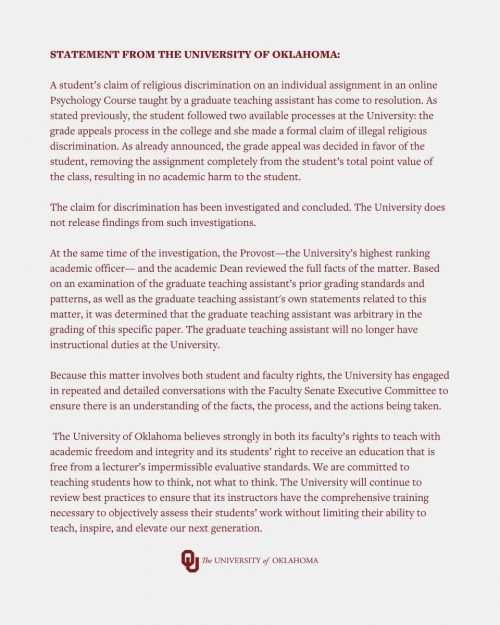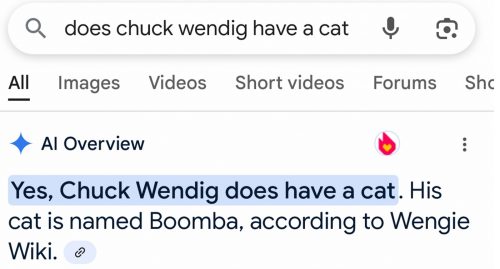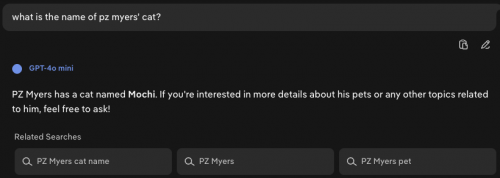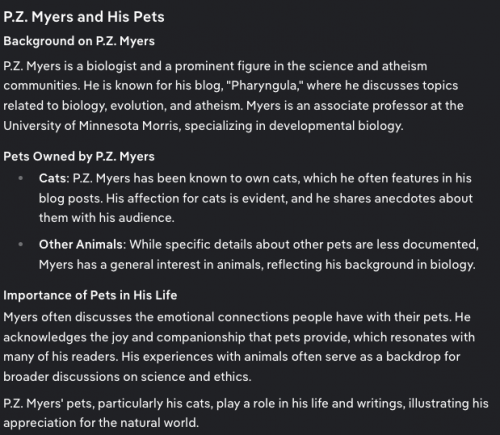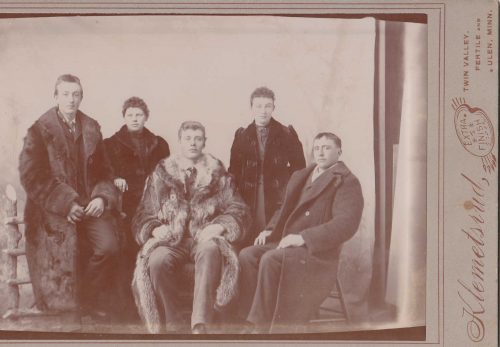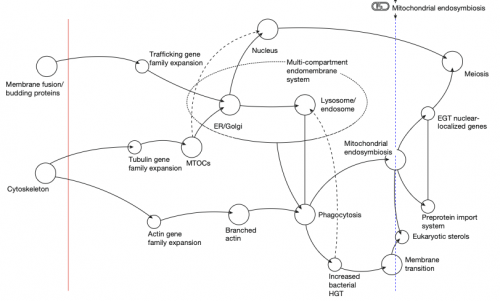I don’t think I’ve ever heard this right-wing freak, Benny Johnson, speak before, but he spoke at a TPUSA conference recently, and it was chillingly hateful. This is scary stuff; it’s straight up fascist ranting, advocating for a terror campaign against our own citizens. I heard this on the Majority Report, but if you don’t want to hear any of the commentary but just want the straight filth from the mouth of Benny Johnson, start this video at the 2:00 minute mark and stop when you can’t take it any more. Or you can just read the transcript I’m posting.
Charlie Kirk taken from us, well, God is the author of life and death, obviously, it was God’s will, there’s nothing outside of God’s will, God didn’t make a mistake. Charlie is now a martyr. But who pulled the trigger? Well, let me tell you. As somebody who knows a lot of people who have been briefed on all of this and who have seen all the evidence and all the available evidence is empirical and demonstrable the person who pulled the trigger is part of the demonic transgender ideology that warps the minds of our young children, that poisons them, that is antithetical to creation itself.…[garbled by overtalking] I make of you man and woman, God doesn’t make mistakes, transgenderism is a lie from the pit of hell, and I’m sick of seeing transgender violence and murders in my country.
[cheers from the audience, standing ovation]
And what has made me so angry about this moment is that it should have been a unifying moment for us all to say what a horrid and wretched ideology. Now it’s time to kick in doors, right, come on FBI, do some door kicking, round ’em up. The violent antifa members, the transtifa members, it’s time, use this as a moment, that should have been a moment, but we didn’t have that moment, sadly, because there was too much tearing at the seams. It’s time to focus, ladies and gentlemen, on what’s truly ripping, the demonic evil that is ripping this country apart. Yes, this is the ideology that took Charlie Kirk from us, and what was, what was the last words that Charlie said on Earth? He was actually answering a question about transgender violence…
So much vile ideology on display in that short speech. It starts with a bizarre religious dogma that a god “wills” all actions, but then has to change gears to blame someone who pulled the trigger…and accuses a “demonic transgender ideology.” But we do know who pulled the trigger: Tyler Robinson, a young Mormon man from a conservative family. If there’s any ideology there besides radical far right conservatism and a weird religious cult, it’s gun culture.
Then he works himself into a frothing rant urging the FBI to kick down doors and round up antifa and trans people, to the roaring approval of the crowd.
This was a speech that wouldn’t have been out of place in Germany, 1933.
By the way, Kirk’s last words were in reply to questions from his audience. “Do you know how many transgender Americans have been mass shooters over the last 10 years?” He didn’t know: Too many
, he said. There was a follow up: “Do you know how many mass shooters there have been in America over the last 10 years?” He didn’t have an answer for that, so he dodged: Counting or not counting gang violence?
Then boom, he was shot by a non-transgender non-gang member.
It’s clear that these fanatics are obsessed with trans people, and even when it’s not a factor, they will use them as an excuse to foment hatred and violence.
I never have to listen to Benny Johnson ever again. On the basis of that speech alone, I condemn him.
Hey, I’ve been to huge atheist conferences, and never heard a speaker rage against religious people the way these people howl against trans people, with even less justification. Such behavior wouldn’t have got a standing ovation, that’s for sure. One exception: a few people, like Sam Harris, preached hatred against Islam, but he always did so in his usual cautious mealy-mouthed voice, and it was one of the reasons I gave up on organized atheism, and Harris in particular.


